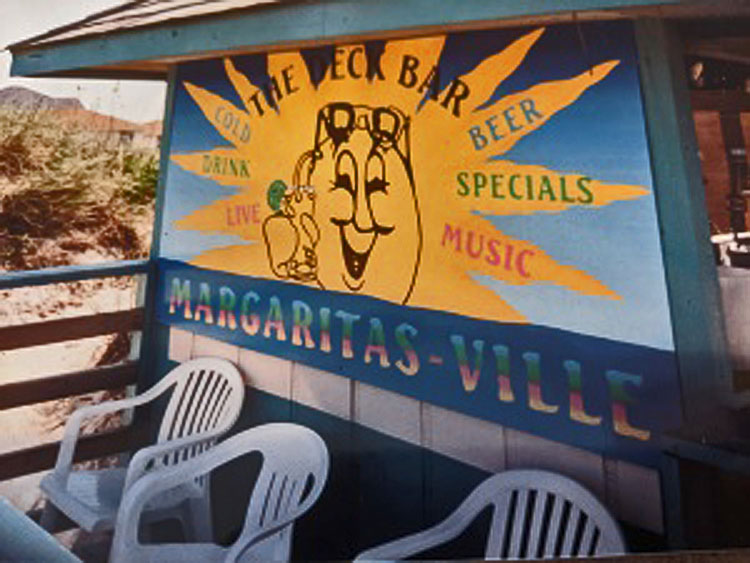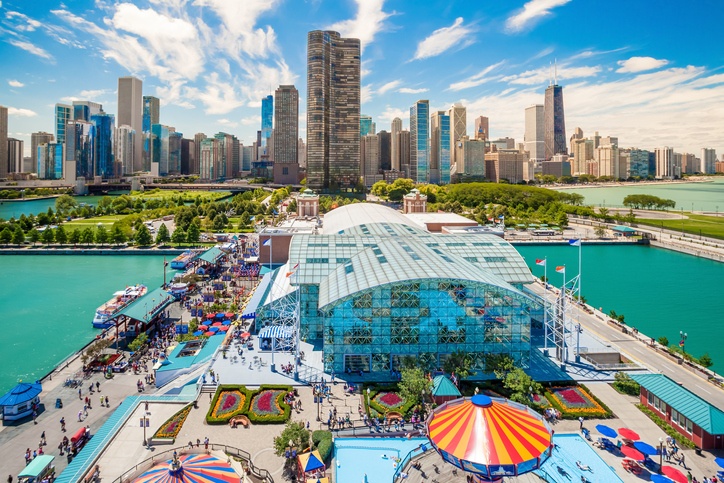Outer Banks, North Carolina where coastal legends are born

Part 1 – Northern Beaches – Kitty Hawk and Nags Head
… Estimated reading time 10 minutes – SBFL 15* – PLANNING TO VISIT – We are continuing to follow the footsteps of Dorothea and Stuart E. Jones in their 1958 National Geographic article titled, “Slow Boat to Florida,” (SBFL), and the 1973 book of Allan C. Fisher, Jr. published by National Geographic, titled, “America’s Inland Waterway.” In our previous post, Dismal Swamp, we passed the Virginia-North Carolina border and stopped at Elizabeth City, North Carolina, near the head of the Albemarle Sound. While we are there, it is time for us to plan a few excursions in the Outer Banks and visit the same spots that our inspiration authors visited back then. So now, we are again cranking up our virtual Way-Back-Then-Machine, the time capsule generator. When we visit our planned excursion spots, it will help us to compare each place through the eyes of the Jones’ and Fisher back then, as well as the people who love to call their coastal communities home now, in the 21st century.
Northern Beaches
With a population of over 10 million, North Carolina is the ninth largest state in the U.S. and it continues to grow. It’s home to the Great Smoky Mountains National Park, the most-visited national park in the United States, plus North Carolina has 41 state parks, 10 national parks, and 4 national forests.

North Carolina is split into three geographic regions. In the east are the coastal plains, which take up nearly half the state. Along the coast are the beautiful, stunning coastlines of the Outer Banks (OBX), a 320-mile chain of elongated barrier islands that are a popular vacation destination full of history. Northern Beaches consist of 7 towns: Carova, Corolla, Duck, Southern Shores, Kitty Hawk, Kill Devil Hills, and Nags Head.
Kitty Hawk
During the Jones’ time back in 1958 there was a barrier island called Kitty Hawk, but no official town with the same name. Kitty Hawk was not incorporated as a town until April 13, 1981. It consists of their traditional village, a beach community of residential cottages and hotels, and a 461-acre maritime forest reserve called Kitty Hawk Woods. There, 118 years ago, the Wright Brothers made history at Kitty Hawk.

After several unsuccessful attempts, on a windy day, December 17, 1903, at Kill Devil Hills near Kitty Hawk, away from any curious eyes, Orville Wright completed the first powered flight of a heavier-than-air aircraft known as the Wright Flyer.

The flight lasted just 12 seconds, traveled 120 feet, and reached a top speed of 6.8 miles per hour.

The Jones’ visited the Wright Brothers National Memorial located in the heart of the Outer Banks, in the town of Kill Devil Hills. In our case, this will be the first excursion of the day, of course.
Way-Back-Then, having been erected in 1928, the memorial was only 30 years old by the time the Jones’ visited in 1958. That year, Remington Rand, an early American business machines manufacturer was advertising their brand new manual printing calculator that was sizable and made of metal.
Nags Head
Not too far from Kitty Hawk comes Nags Head island. Jockey’s Ridge State Park is one of the most interesting parts of the town. Jockey’s Ridge is the tallest active sand dune system in the Eastern United States and the most striking of the remaining dunes on the Outer Banks. The winds blow from the northeast during the winter and from the southwest during the summer, so the sand is constantly blown back and forth, preventing it from blowing away entirely. At times, the dune can get as tall as 60 feet. Because the ridge is always changing, it is often referred to as “The Living Dune.” The dunes are believed to have formed 3,000 to 4,000 years ago. The sand is mostly quartz rock. Geologists believe that strong water currents from hurricanes and storms washed sand from large offshore shoals onto the beach.

The Jones’ visited the Carolinian Hotel, the famous old resort of Nags Head. An Outer Banks landmark, the hotel first opened in the summer of 1947 between Mile Posts 10 and 11. In an October 6, 1958, Sports Illustrated article, “Down the Banks to Ocracoke,” Virginia Kraft wrote, “At Nags Head the CAROLINIAN HOTEL ($10 and up per day, American plan) remains open all year, and this is the local headquarters for sportsmen. Inside, a fire is usually burning in the wood paneled ANCHOR CLUB where, at the end of the day, guests shelter against the evening’s chill. At this time of year the talk is always of sport – deer hunting, surf fishing, fox chasing – but mainly of geese and ducks.”


They met Julian Oneto, resident manager. The Jones’, referring to Julian said, “‘Long ago,’ he told us, ‘some [Outer] Bankers went in for a form of piracy. They hung false lights to mislead ships. Sailors thought they marked safe passages and drove on the shoals. Then the wreckers helped themselves to the cargoes.

‘One wrecker is supposed to have tied a lantern to the neck of an old nag he led to imitate the bobbing light of an anchored ship. And that’s how this town got its name, they say.’“
Today the hotel is no longer there. Time must have taken its toll. However, Jockey’s Ridge State Park with its 426-acre glory is still there. Hang gliding, kite flying, and hiking, plus the visitors center and museum will be worthwhile to visit and see. We’ll be there. Part of our plan is to visit and eat at the Nags Head Fishing Pier.
The Jones’ crossed Oregon Inlet on a ferry boat with fishermen and vacationers. That is the Hatteras Island destination on the southern part of the Outer Banks. Our plans for that will be in our next post, “OBX, where coastal legends are born- Part 2.”
Well, that’s it for now. Stay well. I hope to say hello to you if you spot my boat, Life’s AOK, in one of the locations that I’m hoping to visit in 2022, that is, if Coronavirus permits us.
I bid you Fair Winds and Following Seas.
Cover photo: Learning to Hang-Glide on Jockey’s Ridge State Park, Nags Head in the Outer Banks, North Carolina (OBX)
2 things I learned
- Way-Back-Then, starting in the 1830s, Nags Head developed an interesting history.
“In the center of it all is the village called Nags Head. Established in the 1830s as North Carolina’s first tourist colony, it soon became a summer destination for families living within a day’s boat ride across the Roanoke Sound.

“Perquimans County planter Francis Nixon is credited with bringing his family to the area in 1830 to escape from malaria prevalent in the fields back home. Docking at an established sound side village near the base of Jockey’s Ridge, Nixon began a summer tradition among relatives and friends that continues to this day.” – Nags Head Guide
- Way-Back-Then in 1958, the Jones’ visited Wright Brothers National Memorial. Having been erected in 1928, the memorial was only 30 years old at the time. That year, the Remington Rand brand was advertising their brand new manual printing calculator that was sizable and made of metal.
From 1868 to 1886, Remington made both guns and typewriters. Remington produced the first commercially successful typewriter before selling out to the Standard Typewriter Manufacturing Company, which renamed itself Remington Typewriter Company.

From 1868 to 1886, Remington made both guns and typewriters. Remington produced the first commercially successful typewriter before selling out to the Standard Typewriter Manufacturing Company, which renamed itself Remington Typewriter Company.
Remington Typewriter merged with office supply maker Rand Kardex in 1927 to form Remington Rand. Meanwhile, Remington kept making guns. Remington Rand was an early American business machines manufacturer and in a later incarnation, the manufacturer of the UNIVAC line of mainframe computers.
2 things I recommend
- If you want to experience Nags Head in style and stay a few days on the Atlantic Ocean, try the Four Seasons Retreat.
- A good alternative vacation spot near Nags Head is Pirate’s Cove Resort. It is a gated waterfront community located on the Outer Banks of North Carolina nestled between historic downtown Manteo and Nags Head, just minutes from many beautiful North Carolina beaches. This beautiful resort vacation setting has it all, with over 80 Outer Banks resort rentals, including both vacation condos and villas for rent, located in a private island community that is surrounded by the Roanoke Sound.
How easy?

*SBFL stands for Slow Boat to Florida. It is a series of my blog posts, which started with a posting that had the same title. Each numbered heading has two parts. The first is “Planned or Planning to visit,” and when we visit the planned location, a “Visited” label appears at the beginning, next to SBFL. The essence of this series is not to seek new lands and exotic cultures. Rather, it is to cover our journey of discovery (hence the title of our blog Trips Of Discovery) that has to do with seeing with a new eye the coastal locations of the Atlantic Intracoastal Waterway (ICW) where present-day America started to flourish. The SBFL series represents part travel, part current and historical anthropological highlights of selected locations and coastal life. We’re comparing then and now, based on observations made by Dorothea and Stuart E. Jones in their 1958 National Geographic article titled, “Slow Boat to Florida” and a 1973 book published by National Geographic, titled America’s Inland Waterway (ICW) by Allan C. Fisher, Jr. We also take a brief look at the history of the locations that I am writing about. Finally, we bundle it up with our observations during our actual visits to the locations and our interviews with local residents. Think of it as a modest time capsule of past and present. My wife and I hope that you, too, can visit the locations that we cover, whether with your boat or by car. However, if that is not in your bucket list to do, enjoy reading our plans and actual visits as armchair travelers anyway. Also, we would love to hear from you on any current or past insights about the locations that I am visiting. Drop me a note, will you?












